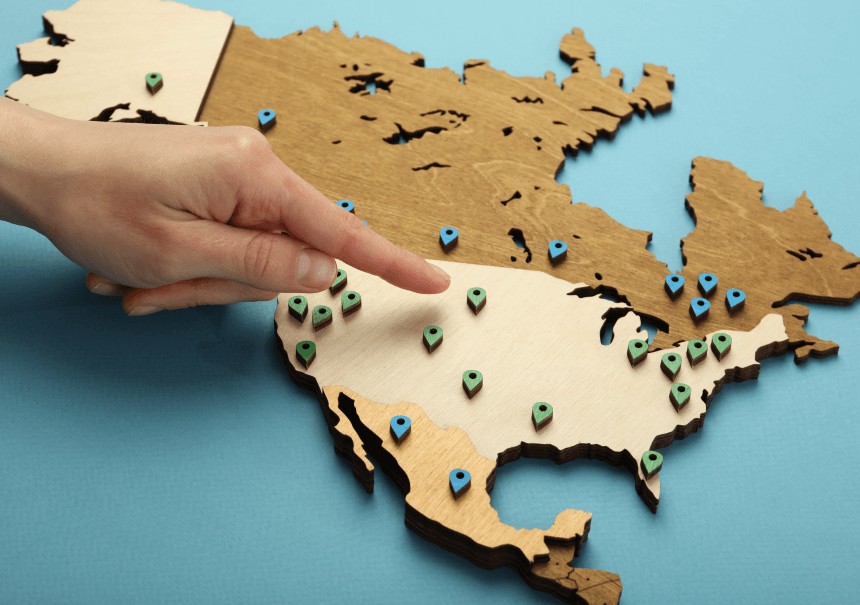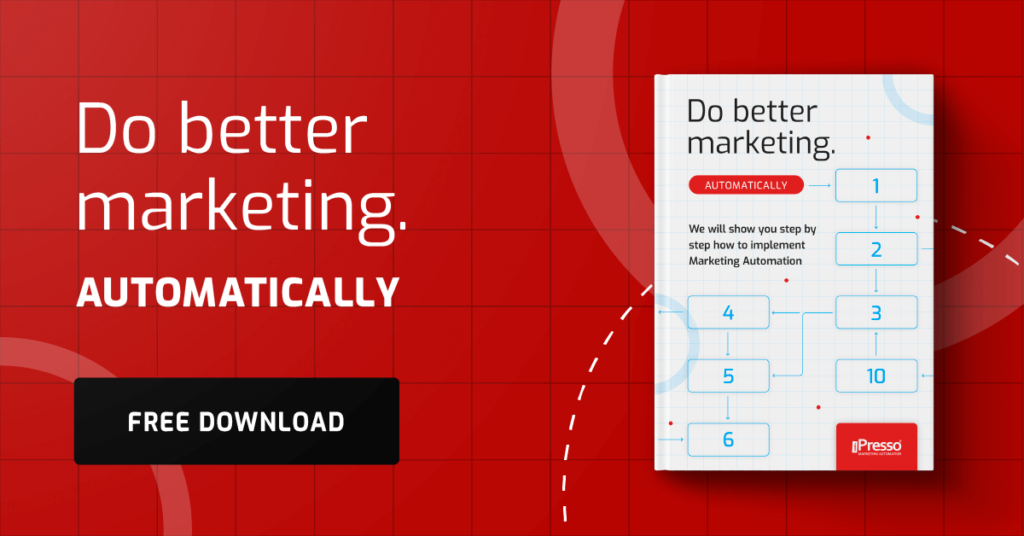Push notifications in personalized communication – the key to higher engagement

Push notifications can be very effective at keeping your users and customers engaged and interested in your offer. Even though this tool is sometimes undervalued, it’s actually very flexible. And you don’t need much to start using those notifications in your marketing and sales activities! Read on to see how you can make the most of push notifications in your business.
Push notifications are short messages that can be displayed in the customer’s Internet browser (web push) or mobile device (mobile push). In general, push notifications consist of three elements:
- An image (typically of a product or a service)
- Short text (usually no more than two or three short sentences)
- A CTA link/button
And that’s pretty much it. This tool is very simple to use and implement, which is one of the reasons why you should consider using it. With the right approach to push notifications, you can use them to increase your customers’ engagement. However, to make them work, you need to stick to several best practices (and avoid some typical mistakes that will only irritate your customers).
Let’s have a look at what to pay attention to.
The best practices for using push notifications
Integrate them with other marketing activities in your business
Push notifications should be an integral part of your marketing activities. Implementing them “out of the blue” will not be as effective, especially if customers are not expecting to receive them from you. In most cases, push notifications play a role as a second or third step in the sales funnel.
Here’s how it usually works: Let’s say you have a potential customer interested in your offer. They go to your website and look for a product they are interested in. At some point, your website displays a box asking for permission to display push notifications (you need to obtain such consent in order to display them to your customers legally). If this customer gives their consent, they can start receiving such notifications either in the Internet browser or on their mobile device.
From here, you have many options depending on your marketing and sales goals. Push notifications come in handy concerning:
- Reminders and alerts: You can notify users of upcoming appointments, deadlines, or important events.
- Promotions and offers: You can send information about deals, discounts, or sales to encourage purchases.
- Updates: Some companies use push notifications to confirm actions like purchases or deliveries. Another idea is to inform your customers about new blog posts or podcast episodes.
- User engagement: It’s a good idea to use push notifications to engage inactive users or encourage more actions on your website.
- Personalized recommendations: Lastly, you can use push notifications to suggest content or products based on user behavior and past purchases.
Talk about what matters to your audience
For push notifications to be effective, they should be focused on what your customers are interested in. Rather than distributing info about the new product to everyone in your database, consider segmenting your audience so that your communication can be more relevant and effective.
Always try to refer to something that matters to your customers. That’s why push notifications work great as remarketing tools. Oftentimes, a quick notification about an unfinished order can trigger some of your customers to go back and finish the process. Even better if you can offer them a small discount (e.g., 10% off the next order) or a freebie. This way, you can convert more prospects and build good, long-term relations with them.
Pay attention to the visual aspect
It’s not surprising that visual communication is more effective. Push notifications are rather small, so your best chance of making them effective lies in the visual aids you use. A high-quality product photo and a CTA button that’s clearly visible can encourage more people to click your notification, and that’s your main goal (whatever happens after the click depends on your website and offer).
Consistency in design also plays a big role. If your push notifications visually align with your brand (which means you’re using the same colors, tone, and style as your website), they feel more trustworthy and familiar to customers who already know you. This way, you help your users recognize you instantly, which can increase their likelihood of engaging with the message.
What to avoid when using push notifications?
Apart from those best practices, there are a few things you definitely want to avoid:
- Don’t send too many push notifications: If you send too many notifications, your customers will quickly get irritated and withdraw their consent to receive them. Usually, you shouldn’t send more than two notifications per week.
- Don’t send the same notification to everyone: Today’s marketing is data-driven. Sending notifications to selected customers (based on their profile, location, or past purchases) will be more effective than flooding everyone with the same message.
- Don’t be too vague: Push notifications need to be specific. A vague message such as “Check this out!” sounds spammy and definitely will not encourage many people to click.
- Don’t send your notifications at night: For your customers, there is nothing more irritating than a loud notification in the middle of the night. You should test different sending hours and days but stick to hours when your people are generally awake. This point is especially important for international companies operating in many different time zones.
- Don’t use clickbait: You should use push notification to build good, long-term relations with your audience. Clickbait may work short-term, but it’s not a good business strategy if you care about your audience.
- Don’t send the same notification over and over again: In one of our previous posts, we talked about ad fatigue. When people keep seeing the same message over and over, they get irritated, and often end up deciding not to buy the product or service (even if they wanted to in the first place!). Devote some time to create new notifications with new photos and messages.
Wrapping up: Use push notifications with iPresso
If you’re willing to test push notifications in your company, try iPresso! Our marketing automation platform comes with a built-in push notifications feature that enables you to design and manage your notifications with ease. Additionally, we provide you with other tools (e.g., customer segmentation and database management) that help you improve and automate your marketing strategy. This way, you can make your marketing more effective and less time-consuming!
Would you like to find out more! We’re here to help! All you need to do is send us this short brief. Our team will reach out to you to arrange a free demo of our platform. It’s time to tweak your marketing!



